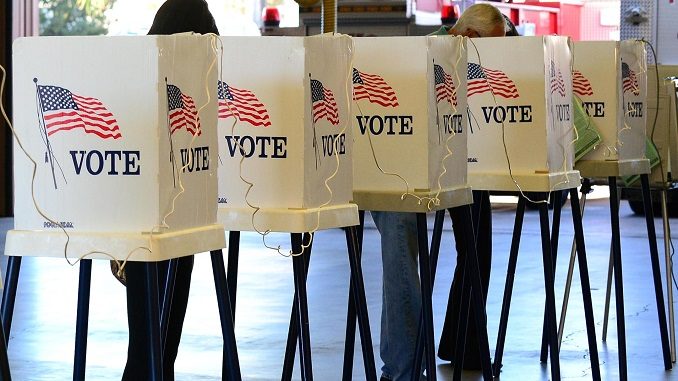
It was a conspiracy theory that seemed to appear out of nowhere. Dark forces hacking into outing systems across the nation in order to steal the 2020 presidential election from Donald Trump.
The myth began even before votes were counted. One of the first places it magically appeared was from an obscure right-wing website in the corner of the internet.
Dennis Montgomery, a computer programmer and self-described former contractor for the CIA, claimed he helped to build a supercomputer called the Hammer years prior as a government surveillance tool. He also claimed to help build a software called Scorecard that could be used to manipulate election results.
A writer quoted Montgomery alleging that someone hijacked the technology and was using it to rob Trump of the election and give victory to Joe Biden.
In the election’s febrile aftermath, these and other unproven claims about Hammer and Scorecard went viral and morphed into a grand global conspiracy theory about how a host of sinister characters, often tied to China, had hacked voting systems to flip votes from Trump to Biden.
The election-steel fiction spread like wildfire.
So too did its repercussions.
There was an abundance of frivolous lawsuits seeking to overturn the election; threats of violence against election workers; and well-funded campaigns to rid America of voting machines.
Even two years later, it persists. A whopping two-thirds of Republicans say they believe Trump was cheated.
Investigations into Montgomery and his claims have looked to trace the evolution of the Hammer-and-Scorecard conspiracy theory. The convoluted tale emerged in a series of phone interviews of Montgomery by Mary Fanning, the right-wing writer who originally published his unsupported allegations on her website, the American Report.
Fanning said Montgomery approached her with the election-hacking claims shortly before the November 2020 vote.
Fanning’s post cast Montgomery as a whistleblower exposing the secret use of his tech creations to steal votes. But his actual former associates have called him a con artist.
That’s not all. Federal judges in civil cases have accused him of fraud and cited him for perjury.
Turns out the computer programmer has a history of promoting tall tales. He is not new to peddling conspiracy theories, having peddled allegedly phony technology or bogus evidence of conspiracy theories to the U.S. government, a right-wing Arizona sheriff, and, most recently, Mike Lindell, the pillow magnate, and outspoken election denier.




Be the first to comment